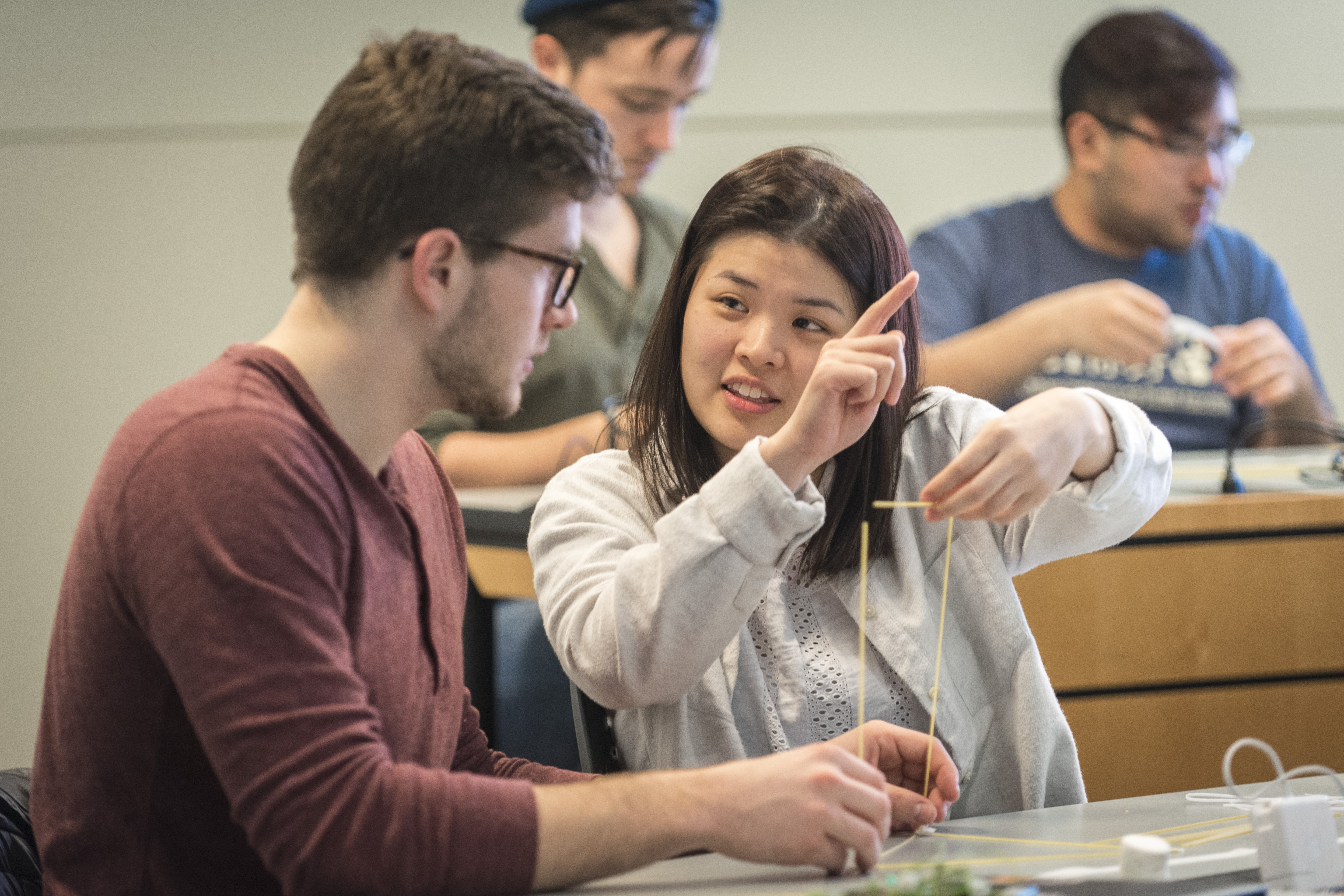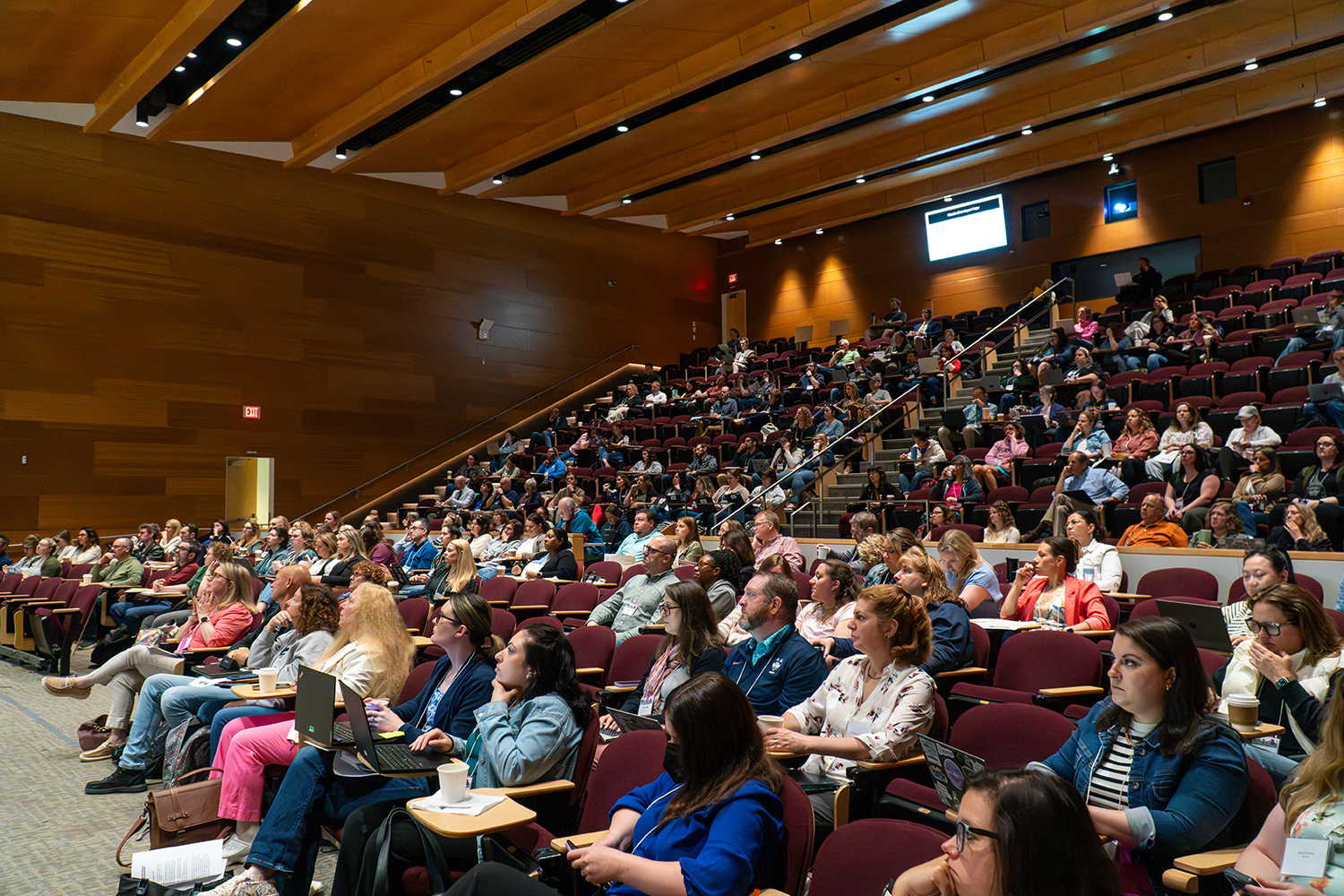Gamification may not yet be a familiar concept to many in the academic world, but thanks to courses taught by Jonathan Moore in the School of Business, UConn students are beginning to bring what they’ve learned in the classroom about this powerful user engagement tool into real-world settings.
So, what is gamification? Moore, an instructor-in-residence who who teaches both undergraduate and graduate class sections on the topic, explains it like this:
“Gamification is the process of taking game elements, techniques, and mechanics, and then applying them to a non-game environment,” he says. “That environment can be business, it can be learning or professional development, it can be social, so the context can be anything, but for these classes the focus is mostly on business applications.”
For the most part, businesses use gamification for one simple reason – to increase user engagement. Whether that user is an employee of the company or a customer, gamification aims to engage the person in a way that brings out their deep-seated need to compete and their desire to experience earned gratification.
On the customer engagement side, one successful example is the M&M’s Eye-Spy Pretzel game. In this marketing stunt, which was intended to increase brand awareness for a new product, users were simply asked to find the small pretzel in a large graphic created with M&M’s. With the gamified elements to this marketing ploy, the company was able to gain 25,000 new likes on their Facebook page, 6,000 shares, and over 10,000 comments, with a relatively small financial investment.
On the employee engagement side, one notable application was with a company called Bluewolf, which employed a “Going Social” program to improve internal communication, leading to a subsequent bump in productivity. The program gave employees points for developing creative internal and external profiles, encouraged them to write blog posts, and gave them badges for excellence in workplace communication. This new system led to a measured increase of up to 25 percent in employee productivity.
Gamification is the process of taking game elements, techniques, and mechanics, and then applying them to a non-game environment. — Jonathan Moore
But while the concept is simple, there are complex challenges in implementing it. In 2012, U.S. research firm Gartner Inc. predicted that more than 80 percent of all gamified applications would fail to meet business objectives. Moore says that number is not surprising, but results from a lack of understanding of the subject and companies’ failure to tailor the details of their gamification plans to their target audience.
So when Moore started teaching at UConn in fall 2015, he set out to bridge the gap between integrating game design and the massive amounts of behavioral data companies hold about their employees and customers:
“Big data drives gamification mainly because we now know much more about what people want when it comes to services and products,” he says. “We can track behavior and choices, and then customize experiences based off information and predictive analytics, instead of incomplete measures like surveys and focus groups.
“Gamification is essentially an advanced process of user design, so the more you know about your audience, the better you can align your objectives with them and create the most engaging, yet customized, experience possible.”
With more universities creating curriculum around this field, companies now holding massive amounts of user data, and students learning a different way of thinking, gamification is starting to move from a guessing game to an exact science.
That science, particularly in the business sphere, is what fascinates finance major Labib Fasihuddin ’17 (BUS) the most about Moore’s class:
“I love that I’m learning different ways of thinking in business,” Fasihuddin saiys. “When you think about gamification in its purest form, you are really pinpointing how people can be motivated to take action, which is really interesting.”
As interest grows in the topic, Moore is starting to reach out to the community.
“When I went to a conference in the fall of 2016, there was this one instructor that was really making the case to have real-world projects,” Moore said. “So at the beginning of the fall semester, I sent out an email blast to every organization on campus, asking if they’d be interested in participating in a class project, and got an overwhelming response.”
After reviewing the options, Moore decided to partner with the UConn Center for Career Development. Early in the semester, staff at the career development center introduced Moore’s classes to some of the problems in their field. The students are now brainstorming gamified solutions, and will present them as their final class project.
Some other organizations, including the Connecticut Small Business Development Center, have expressed interest in hosting interns specifically trained in gamification, to help integrate aspects of game design into their business planning.
Moore sees huge potential for students trained in gamification as they transition into the job market.
“If we’re successful, we hope to set up a larger feeder program, whether it be for internships or to partner with outside companies on a larger scale in the future,” he says. “We can only do so much in the classroom, but if we can give students some real-life opportunities to practice their skills, then they’ll be able to build a portfolio and translate those skills to the real world.”











